
Mandatory quarantine of COVID-19 in Australia
There are over 4.5 million people who are diagnosed as COVID-19 all over the world so far, and the number of confirmed cases is increasing. There are approximately 7,000 confirmed cases in Australia, and a majority of Australia’s confirmed cases are linked to overseas travelers. In order to prevent local transmission, the Australian government launched some policies such as maintaining social-distancing. In the beginning, the Australian government launched the home self-isolation policy in which people came to Australian and needed to stay at home for 14 days. However, heavy fines and random police checks could not prevent that some people did not comply with the policy. Hence, the Australian government closed borders allow entry only to Australian citizens and permanent residents since 20th March. These people who came back from other countries to Australia have required to quarantine in governmental designated facilities 14 days since 29th March and it is a mandatory measure.
‘I think these measures are so interesting and I am somewhat impressed that somewhere like Australia has not widely criticized the penalties. I fully support mandatory measures made by the Government. I equally support, accountability and transparency in the form of daily press-conferences from State Premiers and their medical advisors, public modeling, regular reporting, etc. Ultimately, these draconian measures seem at odds with Australian democratic values, but they do seem necessary, and if any of the governments were seen to mismanage the crisis, those governments could be voted out at the next election.’ Eloise said, she is working in the NSW government and studying part-time at the University of Technology Sydney.
However, there are some different voices from Eloise. Some people seriously criticized the mandatory quarantine measure. Some of these people claimed that they thought they were similar to prisoners, even though they had quarantined in 5-star hotels and the federal government has paid bills for them.
Some Australian people seriously criticized the mandatory quarantine because they thought they were treated as criminals.
‘It seems likely that coronavirus will exacerbate existing inequalities in society. Moreover, inequalities between countries will also be exacerbated.’ In the interview, when we talk about the influence of COVID-19 for society, Eloise mentioned the word ‘inequality’ which deserves deliberated.
In order to prevent the imported cases of COVID-19, many countries selected lockdown temporarily. However, maintaining normal supply chains of essential goods and medical equipment has become a serious issue for some countries based on the global economic integration. Hence, Australia and other 8 countries including Brunei Darussalam, Canada, Chile, Lao PDR, Myanmar, New Zealand, Singapore and Uruguay signed a ministerial statement to face the COVID-19 crisis and maintain the normal operation of the country in tandem.
Mandatory quarantine of COVID-19 in Myanmar
In these countries, Myanmar is a specific country. International society and some international organizations have already raised concerns for Myanmar. Firstly, Myanmar is one of the most economically backward developing countries among them, and it borders China where the origin of COVID-19 and Thailand where has an increasing number of confirmed cases of COVID-19. Secondly, Myanmar has a comparatively large population, it is approximately 54 million people so far. Thirdly, Myanmar has been given an inadequate healthcare system, a vast number of people living in conditions with poor and unequal coverage of basic services and health. Finally, the political situation in Myanmar is unstable conflicts between the military and ethnic armed organizations in Kachin, Karen, Chin, Shan and Rakhine in north areas states has lasted consistently.
The outbreak of COVID-19 has already started in many countries, Burmese still seemed to be leading normal lives. In fact, due to the serious situations of COVID-19 in America and Europe and many brands breaking contracts, a large number of garment workers have lost their jobs, even could not gain the salary. The appearance of the first confirmed case of COVID-19 has thoroughly shattered the Burmese’s easy lives on 23rd March. The first two confirmed cases were imported from the United States and the United Kingdom respectively. The number of confirmed cases increased significantly in the days that followed. To its credit, the Burmese government absorbed some experience from other countries, and closed the border and suspended all international flights on 30th March.
The World Bank approved 50 million dollars to help Myanmar fighting COVID-19. As a friendly neighbor, the Chinese government dispatch an experienced medical team to help Myanmar to battle COVID-19 and provide some medical equipment. The Burmese government prepared temporary isolation centers throughout the country to receive Burmese citizens who have flown home from foreign countries hard hit by the COVID-19 pandemic. The Burmese government has also received support from different industries, with stadiums, places of worship, schools, hotels and corporate offices all serving as temporary governmental quarantine centers. In addition, if a confirmed patient is found, the government will block the building or even the entire community.
However, the Burmese government has also run into some obstacles amid what appears to be national support for resistance against COVID-19. A driver of World Health Organization(WHO) has been killed while gathering COVID-19 testing samples from a conflict area in Myanmar. In addition, Tens of thousands of Burmese immigrant workers are coming back from Thailand and waiting at the Burmese border to return home, it brings much pressure for the Burmese government and frontline medical workers.
Kyaw is a 21-year-old Burmese, he is an undergraduate from Bangkok University. Because of the increasing confirmed cases of COVID-19 in Thailand, his university suspended all face-to-face courses. He selected to return to Yangon after discussing with his parents before international flights were suspended.
However, when he came back to Rangoon, he had an extraordinary and unprecedented experience, because he took the same flight with 2 people who were diagnosed as positive of COVID-19.
‘I am so scared, I never thought I’d be on a flight with a confirmed case. When I know this, I was very worried that I would be infected. Because you know a lot of people died due to infected coronavirus, I also considered about it, I missed my family so much in that time.’ Kyaw said.
When Kyaw landed in Rangoon, he could not go home. He was allocated to a place where he was quarantined for 14 days. The Burmese interviewee Kyaw provided some pictures shot by his quarantine time. Kyaw said the quarantine facility in which he has lived 14 days was similar to an office building. From these photos, it can see that there is no luxurious decoration in the room and the furniture is very simple, and the meal is not abundant. Kyaw mentioned the quarantined people could not order the delivery food as well. March and April are the hottest months in Myanmar. Other necessities of lives, the government simply offered kettles, bed nets, fans and sanitizer for the quarantined people, there was no air-conditioner.
‘Actually, a lot of people do not have air-conditioners, even almost factories, they do not have air-conditioners. So when I think about other people, I think I should accept the mandatory quarantine, and I should not complain about the facility conditions, because I cannot be selfish. In fact, a lot of people in rural areas in my country, their living conditions are worse than quarantine living conditions and they also do not have enough food. If the virus spreads in Myanmar, the consequences will be dire.’ Kyaw said.
Kyaw also mentioned the occupations of his parents, his father is a governmental officer and his mother is a nurse, so Kyaw’s family is comparatively rich in Myanmar and he could take the flight to come back to Rangoon. However, due to unemployment, numerous Myanmar immigrant workers who worked in Thailand only can return to Burma only through the land border. Due to the national policy on COVID-19, they need to be quarantined at the border for 14 or even 21 days, the isolation facilities and conditions are even much worse.
#cheer4frontiliners
Front Liners is an Australian social enterprise and it has devoted to support the hospital workers on the Frontlines in different ways during the COVID-19. In order to express the gratitude to the frontline medical workers, Front Liners launched a campaign called #cheer4frontiliners and also created the same hashtag on some social media platforms. The participants could clap, cheer and make some noise from their doorsteps, balconies or windows at 8 pm on 9th April. Surprisingly, the event was also held in Myanmar on 16th April, and there were a vast number of people to participate in this campaign. The public holiday of the Burmese New Year Festival from 13th-17th April. In this year, there is a specific Burmese New Year Festival. The Burmese interviewee Kyaw told me, in the past, people held various activities to celebrate this festival, which was the most lively moment in Myanmar. In this year, the government forbade people to leave their homes during this public holiday in order to prevent the local transmission of COVID19. Many people spontaneously went to their windows or balconies to applaud and shout for medical workers to convey their spiritual supports at 8 pm on 16th April.
Australian people participated in #cheer4frontliners campaign on Instagram
#Cheer4frontliners 👏👏👏
Posted by Sandi Myint Sein on Thursday, 16 April 2020
Burmese participated in #cheer4frontliners on Facebook
As of 16th May, there were more than 7,000 confirmed cases in Australia, but almost 6,400 have been cured. In Myanmar, only 187 people have been diagnosed as positive so far and 97 confirmed cases have been cured. Whatever you are noble or humble, rich or poor, all people may suffer from the infection of COVID-19. In seemingly two unequal countries with different national conditions and backgrounds, but the government and medical workers are trying their best to protect their people. When we encounter something unacceptable, whether we could put ourselves in the other person’s shoes at first instead of blindly blaming it. The best attitude to life is to cherish and to be satisfied with the status quo and strive to achieve what you want. The spread of COVID-19 knows no borders, we can only defeat COVID-19 if people around the world work in tandem.

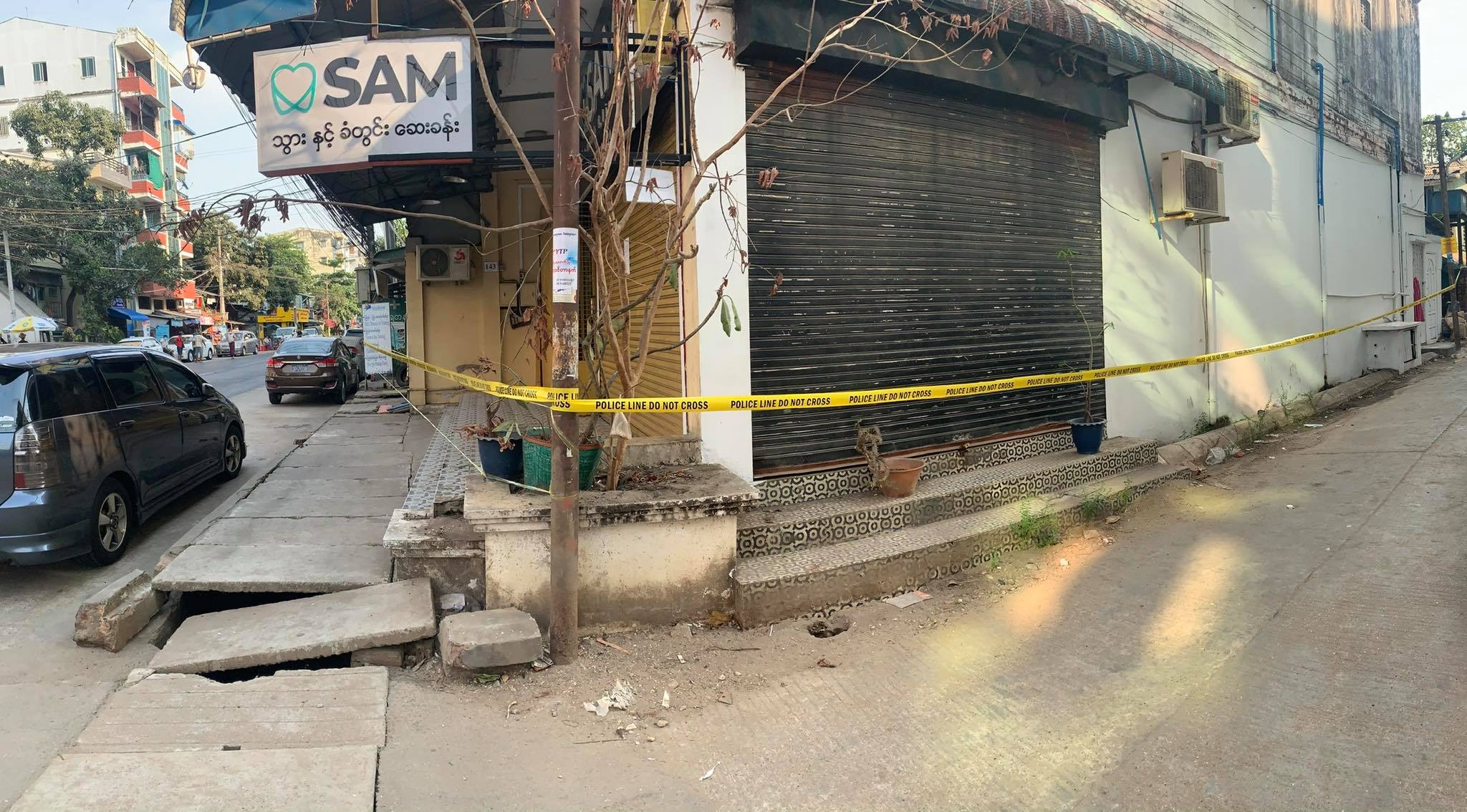
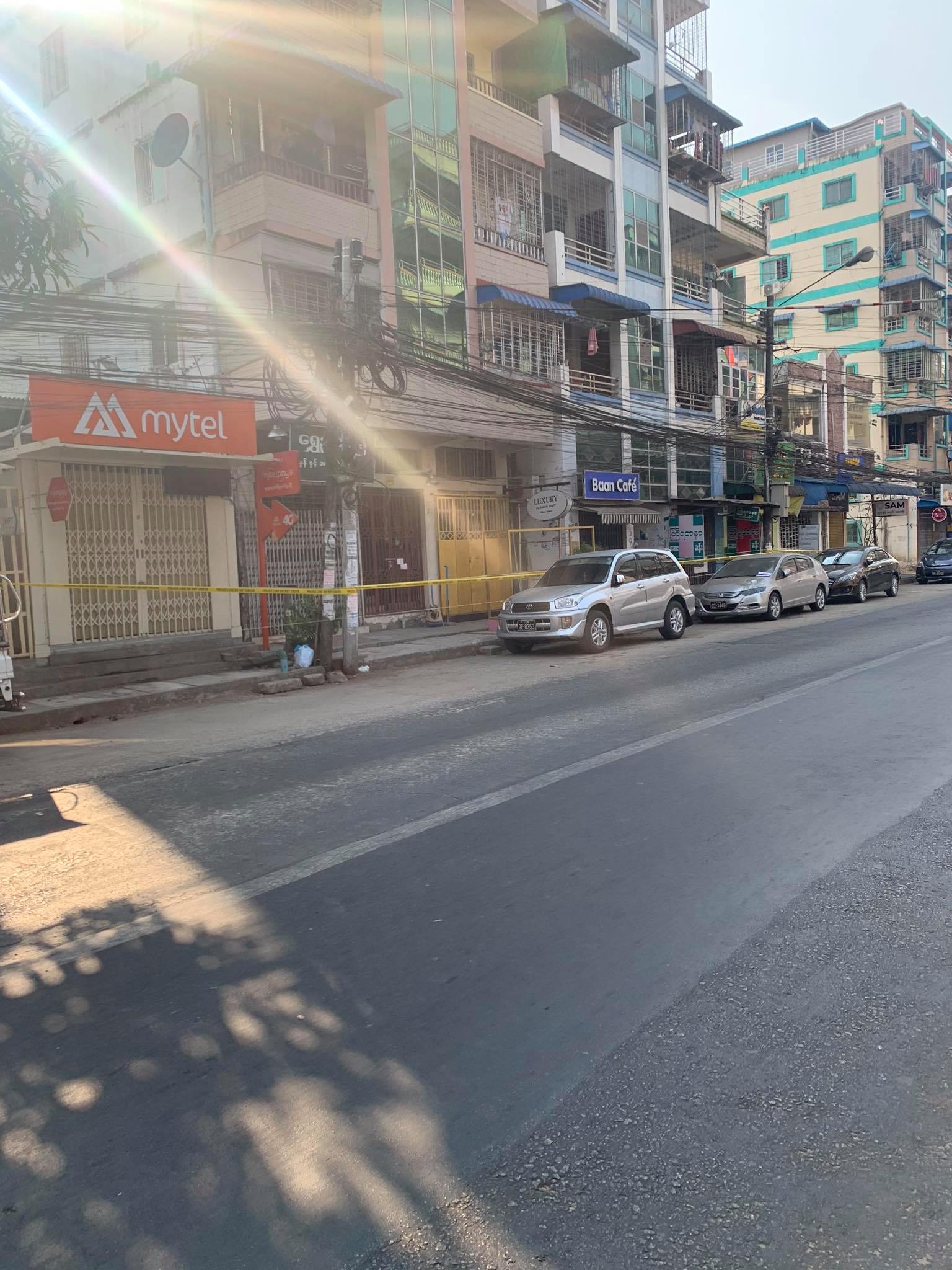
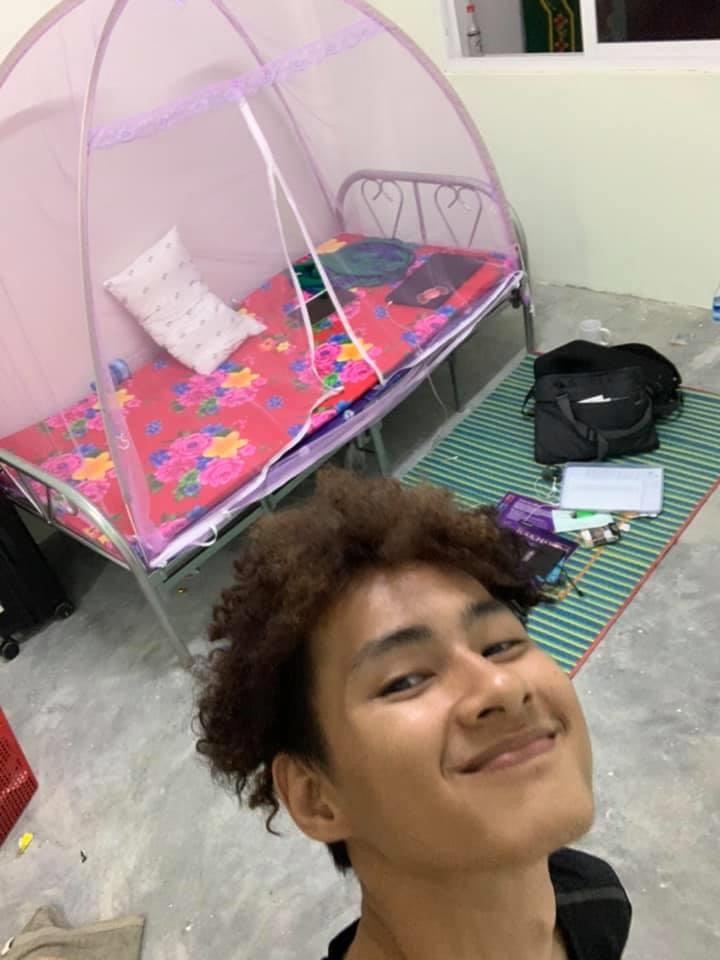
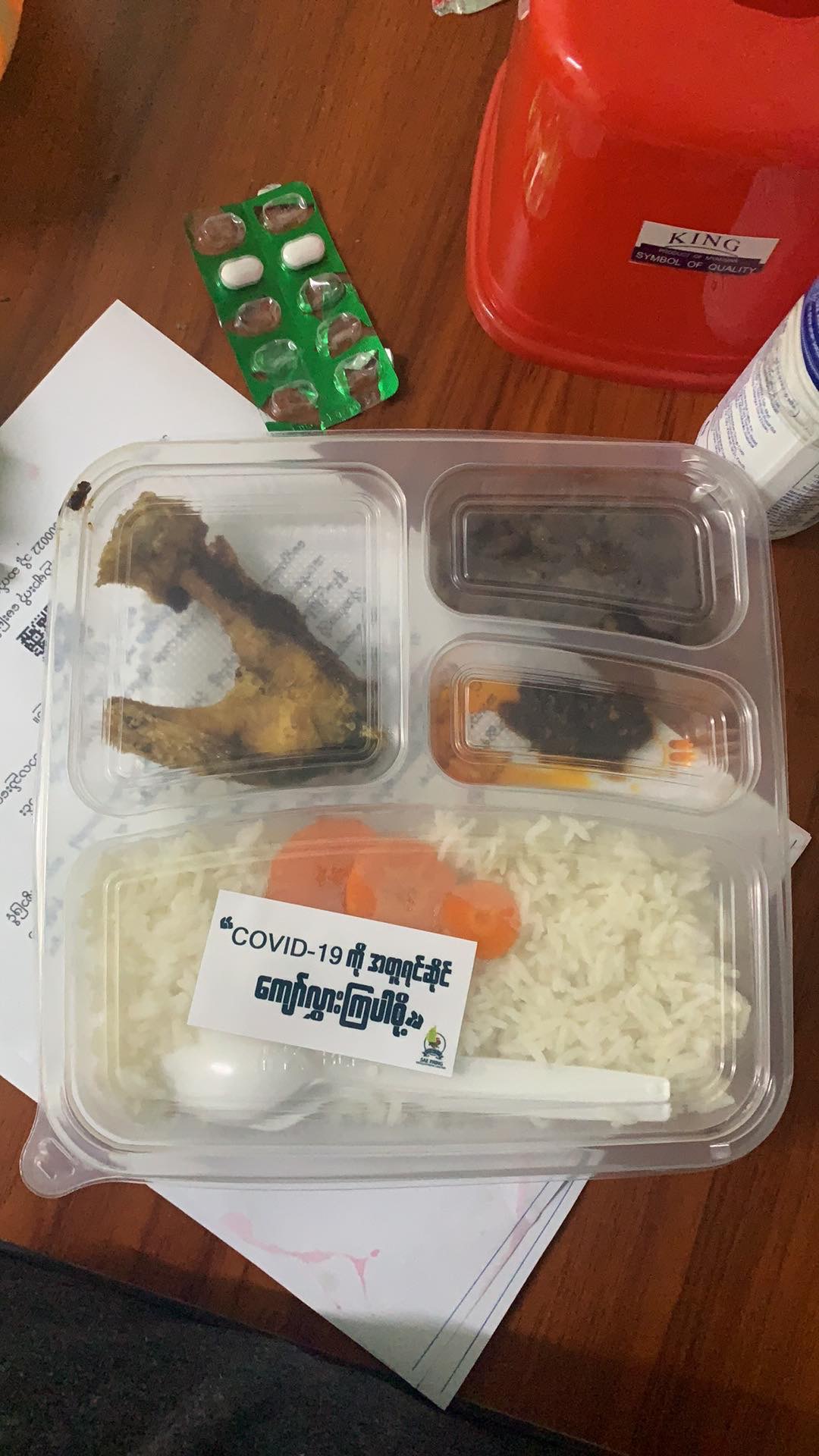
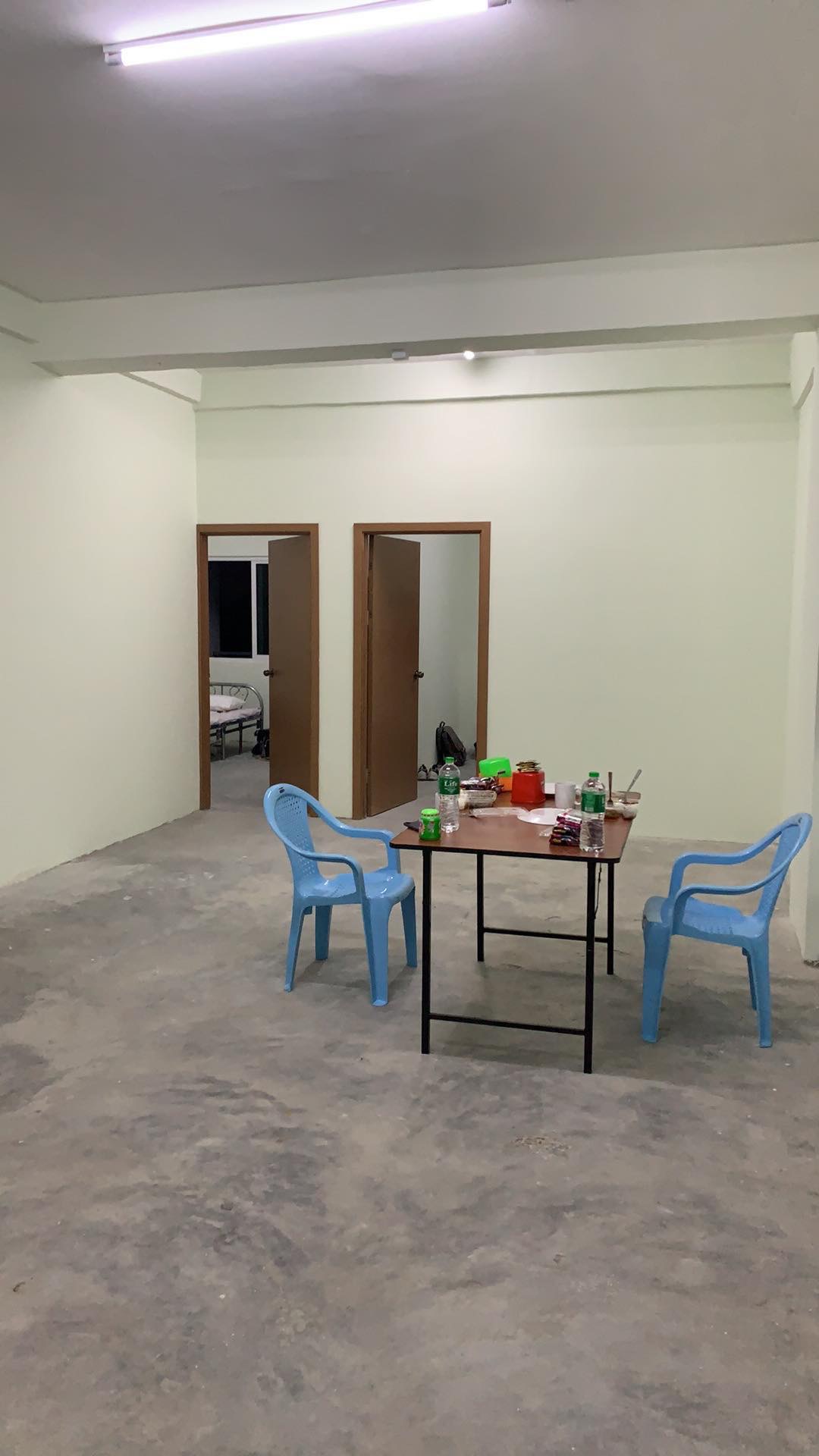
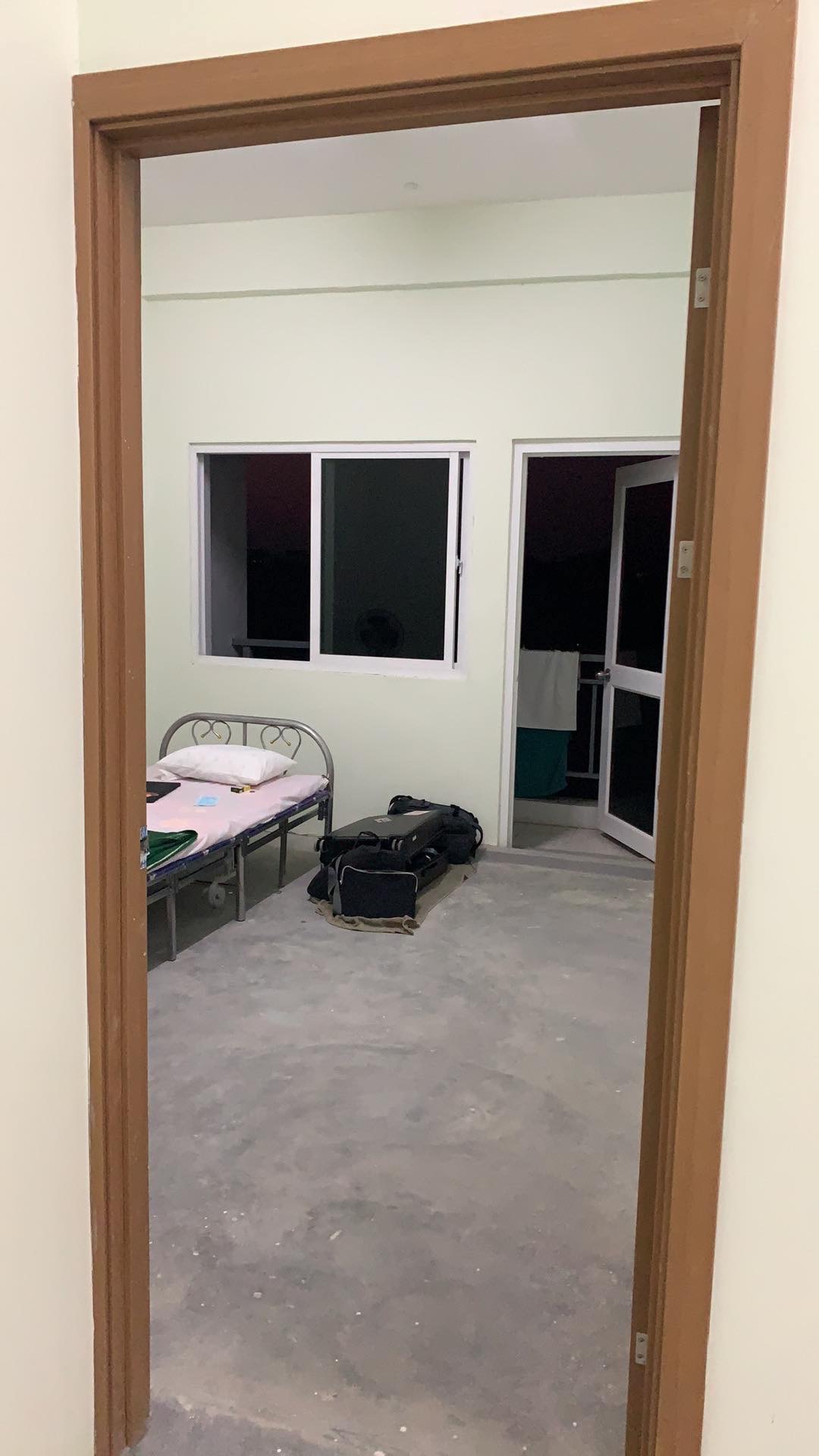
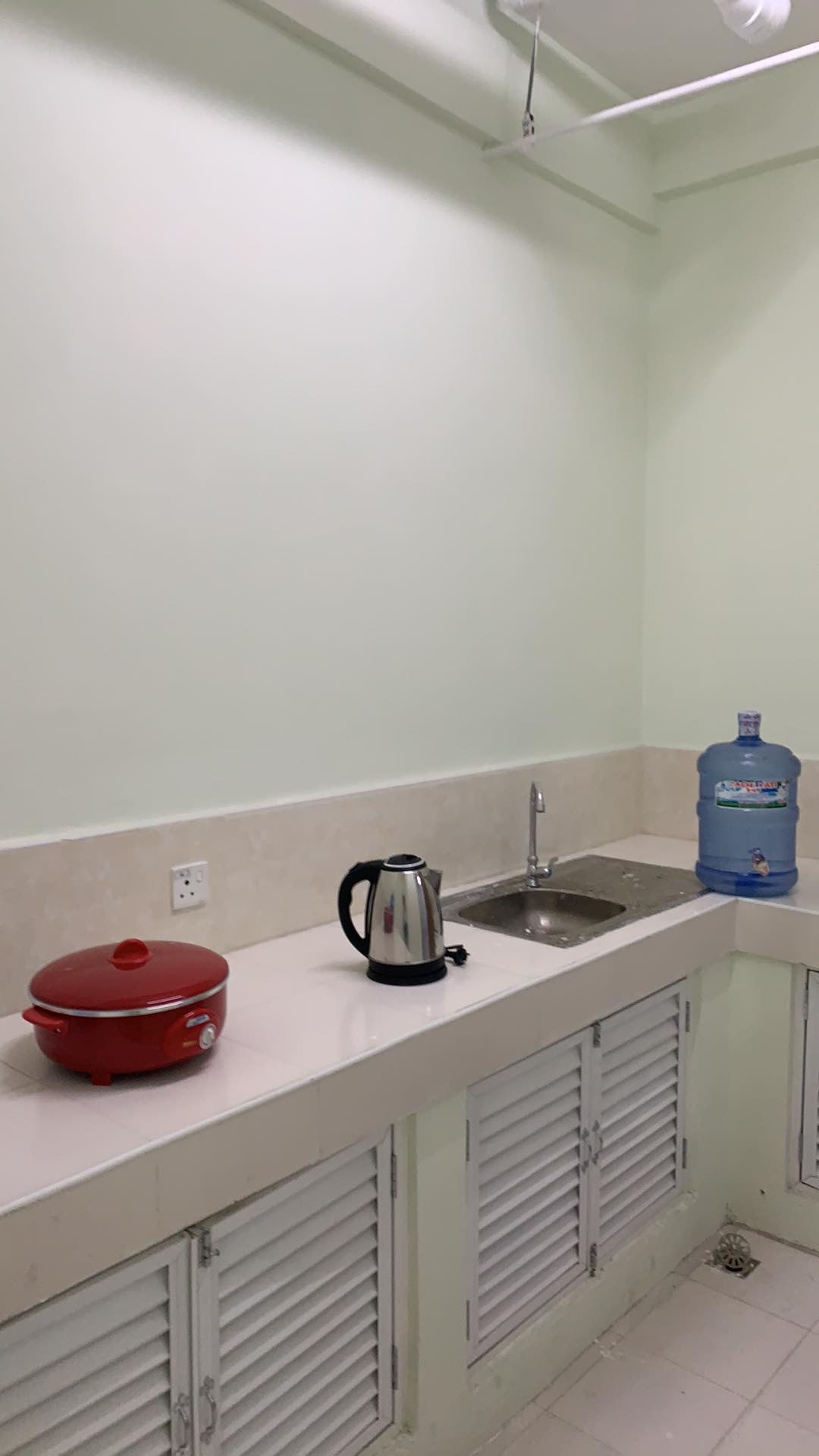
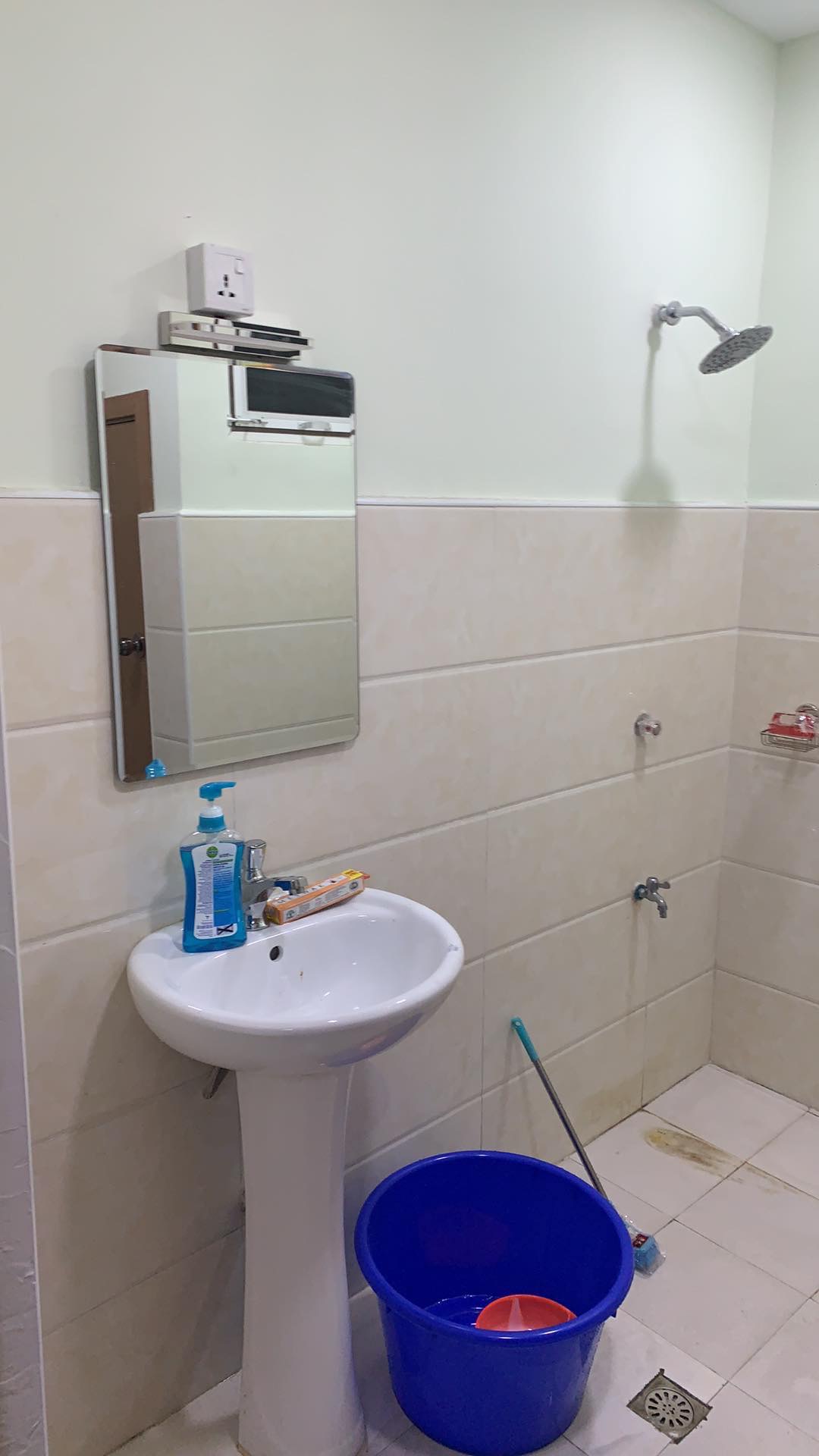
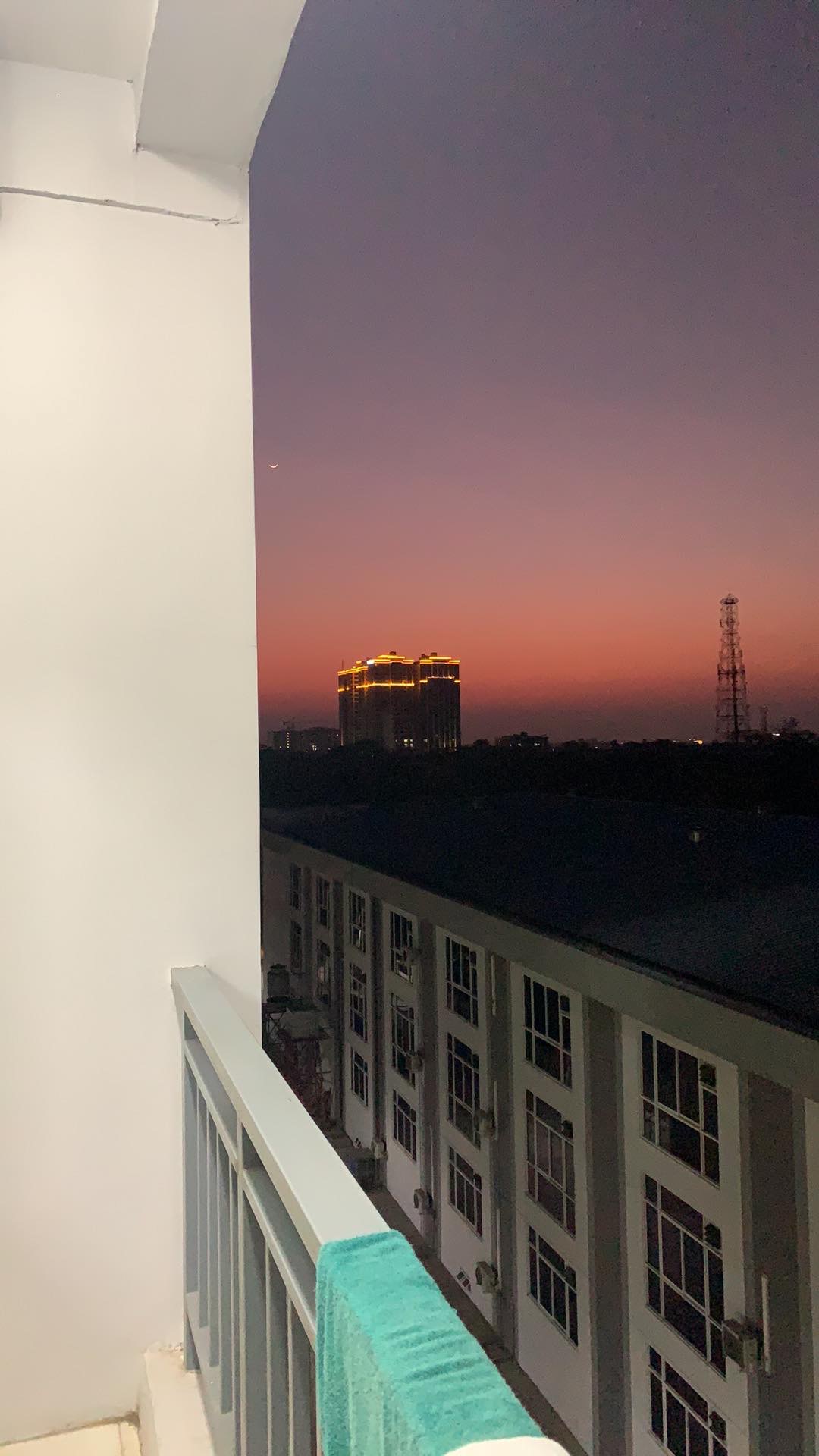
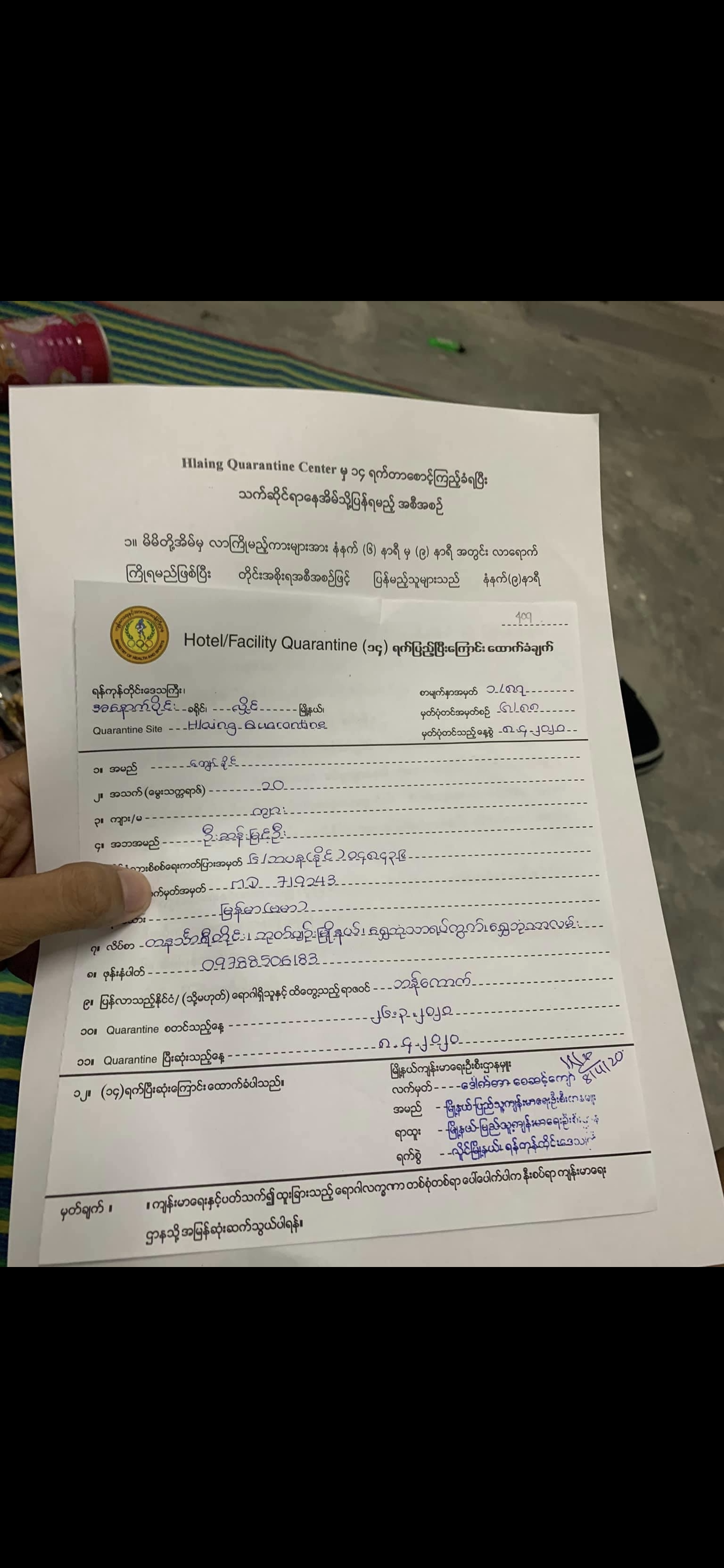
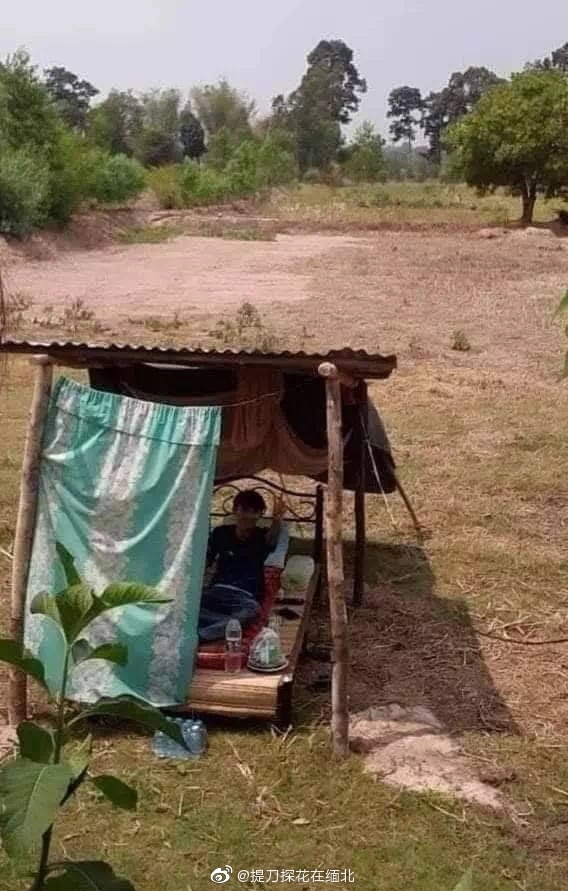
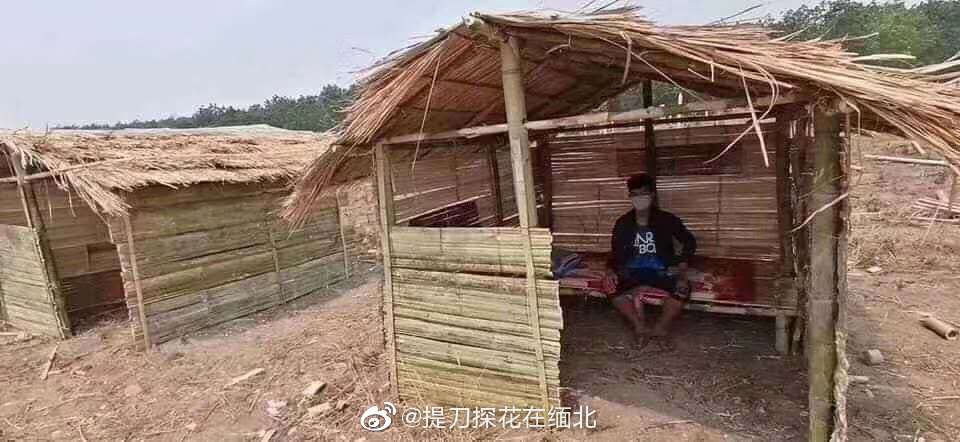
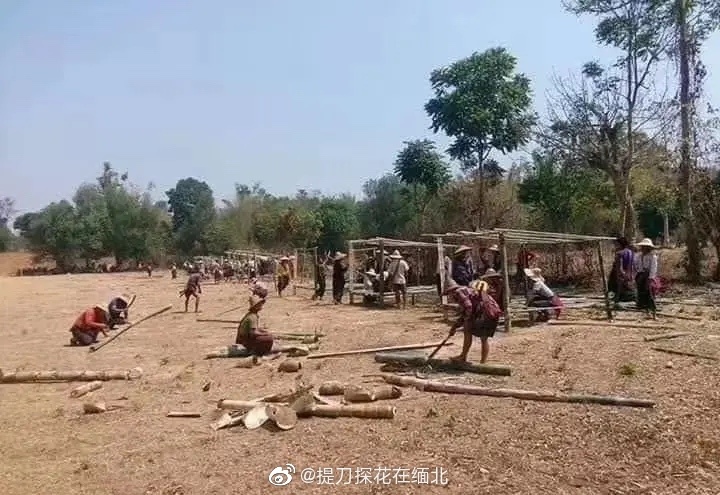
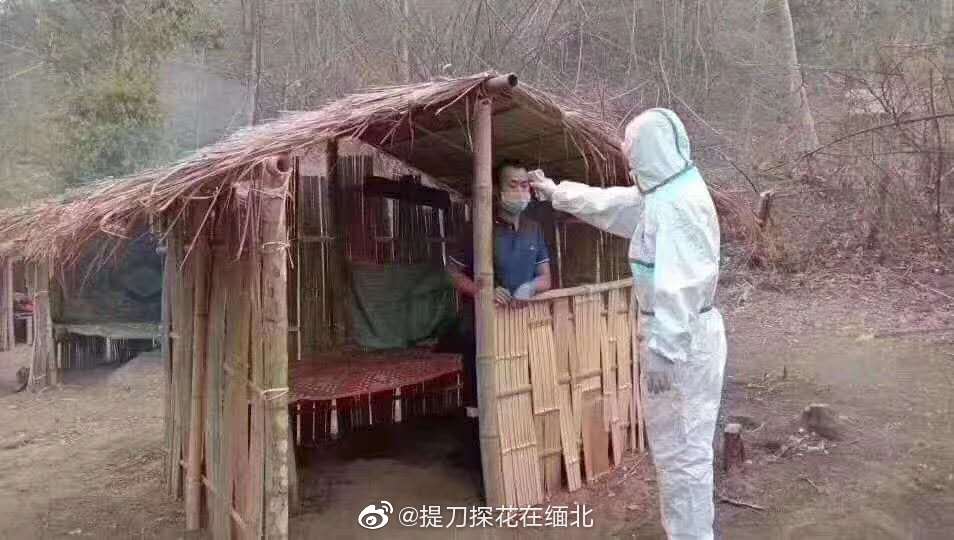


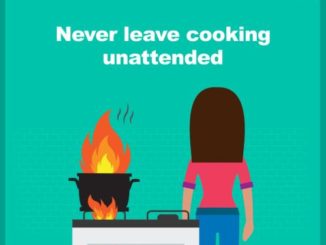

Be the first to comment